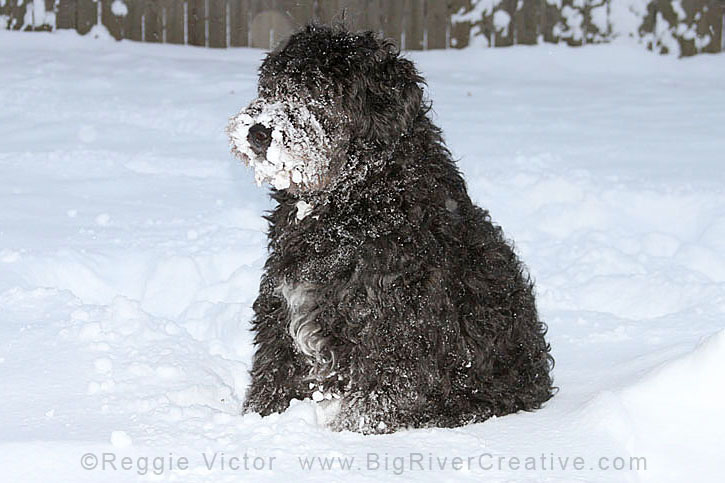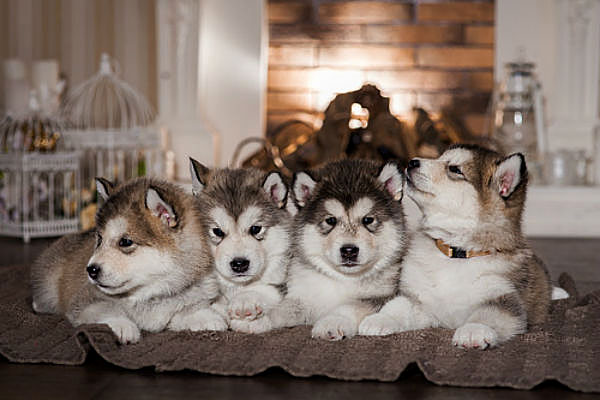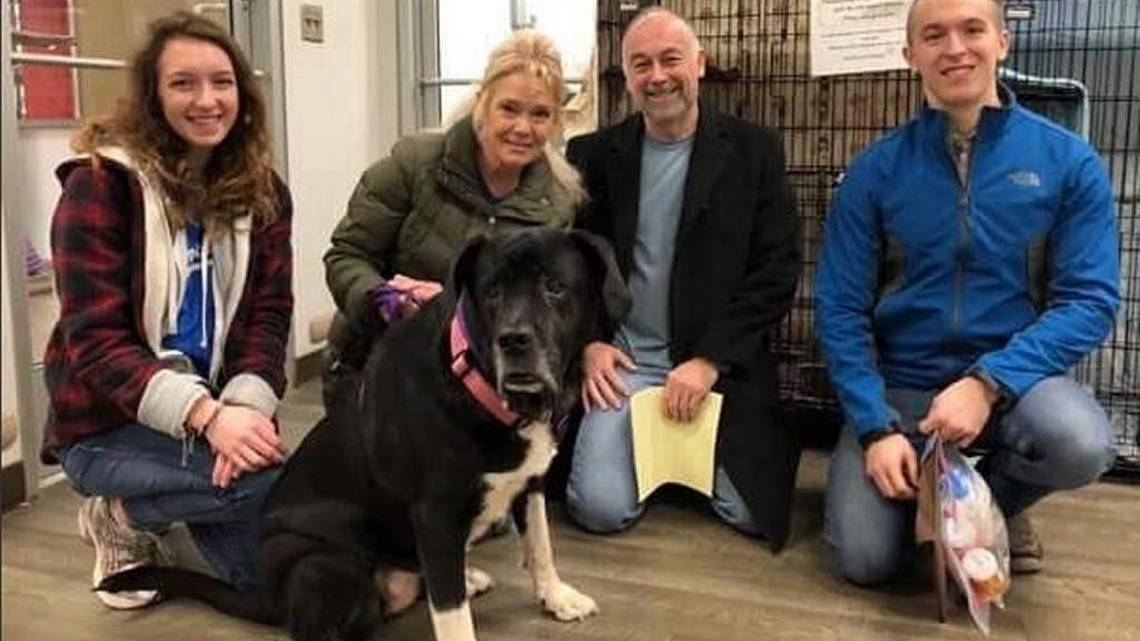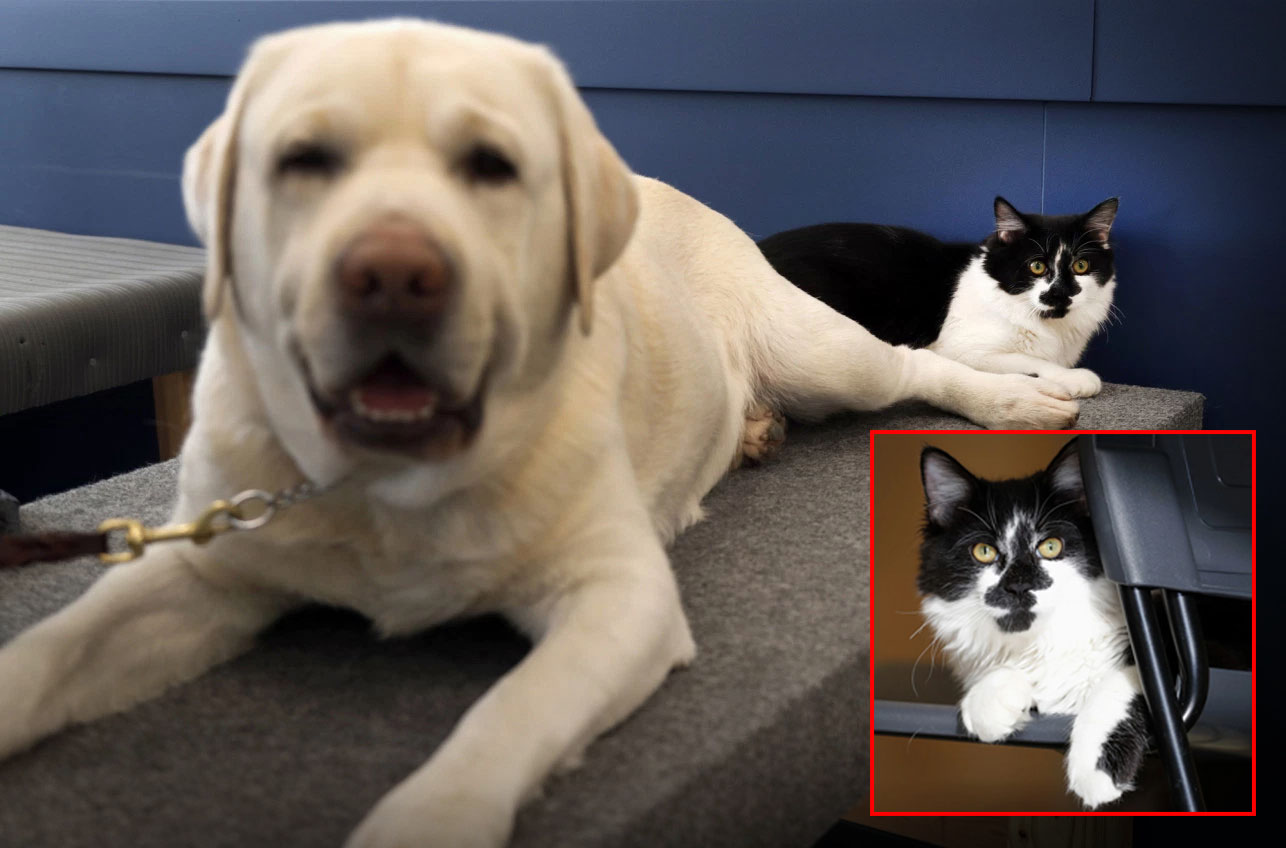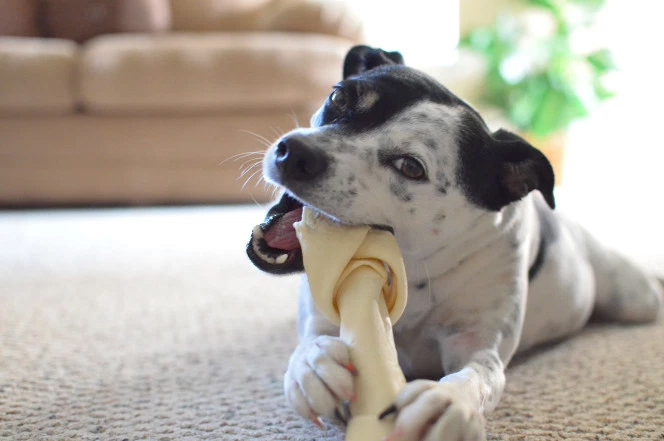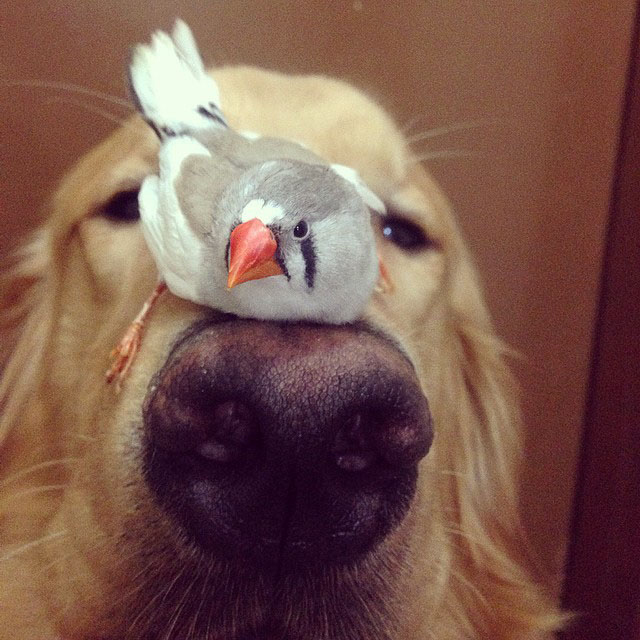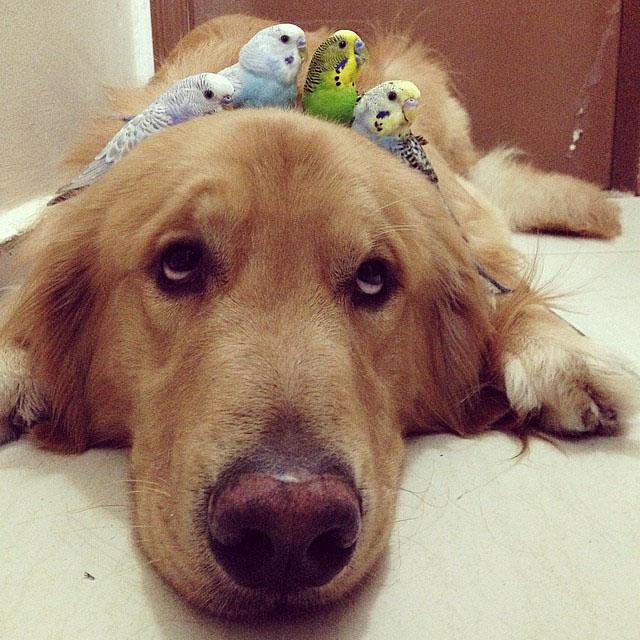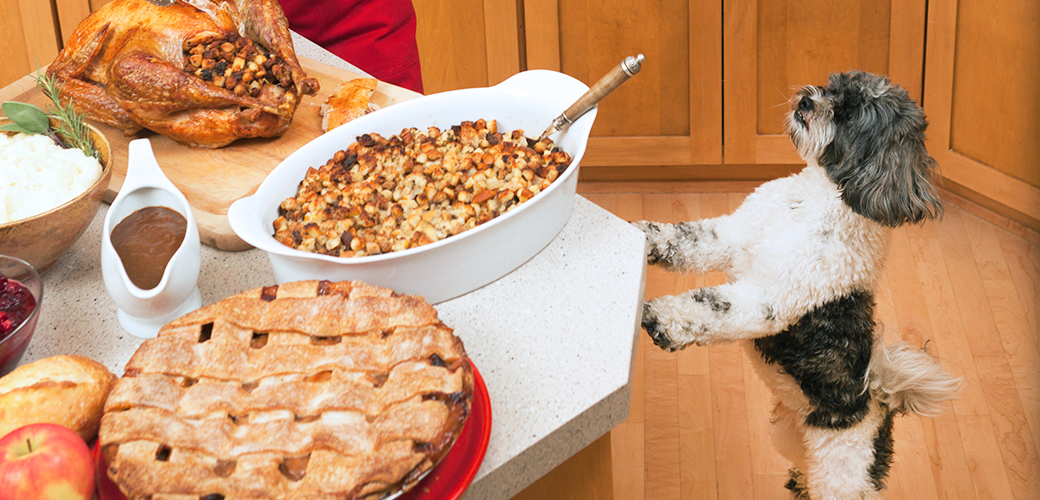Date: March 8, 2018 Tips for Pet Safety Near Construction Sites
If you see the telltale signs of a construction site going up near you, it’s time to get proactive. Here are some safety tips you can use to make sure your pets stay safe.
- Inspect the fencing around the site. Most construction sites will have fences to keep animals and children out, but they may not be maintained as well as you would like. Feel free to take a walk around the perimeter of the construction site and inspect for any dog or cat-sized holes that could pose a risk for your pet. If you identify any risks, reach out to the construction company or property owner; at the very least, they will be interested in minimizing the risk of a lawsuit down the road.
- Recognize the physical risks of construction sites. Construction sites have many serious risks. One dog owner reportedly had to put his pet down after the dog fell into a poorly marked hole on a construction site. Holes are just one of the types of risks you will find. Large equipment, toxic chemicals, falling objects and even heavy materials can all be potentially fatal to your pet, but they also might vary according to the specific construction site, location, and what’s being built. Know what the risks are so you can tailor fit your precautions.
- Be aware that the construction site may cause stress. Your pet is more sensitive to sounds and smells than you are, and the construction site may be a stressful place for your pet to be. Watch for signs of stress.
- For dogs, this may include pacing, trembling, excessive panting, licking paws or nose, pinning back the ears, hiding and refusing treats.
- For cats, watch for crouching, shaking, rapid breathing, bent legs, tail held close to the body, flattened ears and whiskers that are held back. Both animals may have changes in their diet or defecation when stressed, and too much stress may create aggressive behavior.
If you are noticing these signs, talk to your vet about what you can do to minimize your pet’s stress.
- Consider crating your pet when you are gone. If you normally leave your pet outdoors or with access to the outdoors when you leave home, consider making a change during the construction time. Using a crate for your pet or barricading your pet indoors in a safe room can lessen the risk while also reducing their stress levels. Save the outdoor time for times when you are home and can monitor the pet’s stress levels, needs, and safety.
- Keep pet doors inaccessible. If you have a “doggy door” that allows your pet outdoors without your supervision, consider blocking it until the construction project is over. This will limit the risk of an escape.
- Know how to call a pet when it’s loose. If your pet escapes your home or yard during a period of construction, getting them back is critical to their safety.
- For dogs, the best way to get a dog to return is not to chase them. Instead, get down on the ground in a playful stance and call the dog’s name. This is unexpected and will cause the dog to investigate, allowing you to grab them.
- Cats can be a bit easier to catch because they often don’t wander far from home. To get your cat to return, put out a litter box and some food and wait. Chances are your cat will come to investigate, and you can get him back inside safely.
- If your pet gets out and can’t be found, and you suspect they got into the construction site, go to the construction crew chief. This is the first place to go for permission to search the construction site. You don’t want to be climbing among excavators and wheel loaders without permission, as you could be injured or fined. Chances are if your pet has gotten into the construction site, the crew will have an idea of where to look.
- Call the construction company for help if needed. If you’re having trouble getting help searching the site, consider calling the construction company. Remember, the construction team has to keep the job and you safe, and this may mean they won’t let you search the site. Calling the construction parent company may help you get assistance more quickly.
- Consider changing your walk route. If your walk route takes you by the construction site, and you have some freedom to change it up, consider doing so. Even walking on a leash near a construction site can be dangerous, as it’s always possible for your pet to wriggle free of a constraint and into the construction site. You will also be able to avoid risks, like the risk of falling materials, which are a risk even for a leashed pet.
- Make sure your pet is microchipped. In a study of 7,704 stray animals, 74% of dogs and 63% of cats who had microchips were able to be returned to their pet owners. If your dog or cat does get away from you when construction stress is present, a microchip increases the chances of being reunited significantly.
(Click Here To View Source & To Read More Info.)

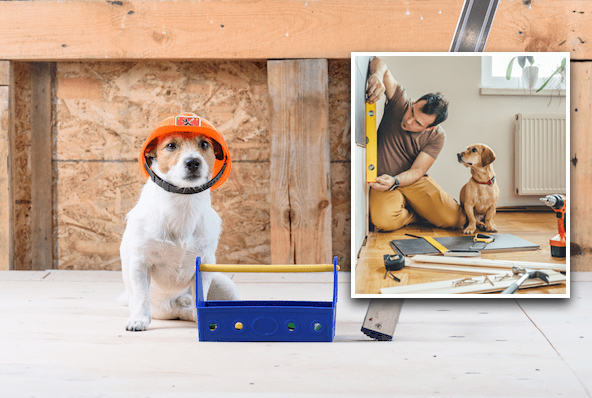
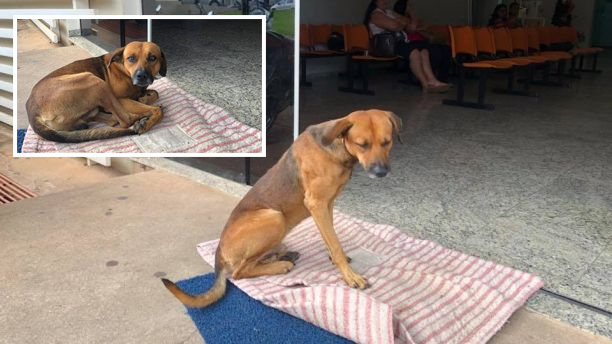


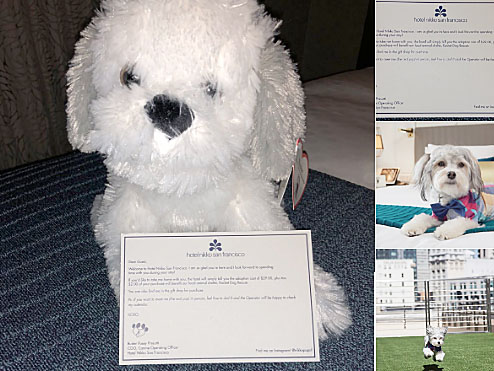
 Buster will also play with any traveling dogs who need extra canine company.
Buster will also play with any traveling dogs who need extra canine company.